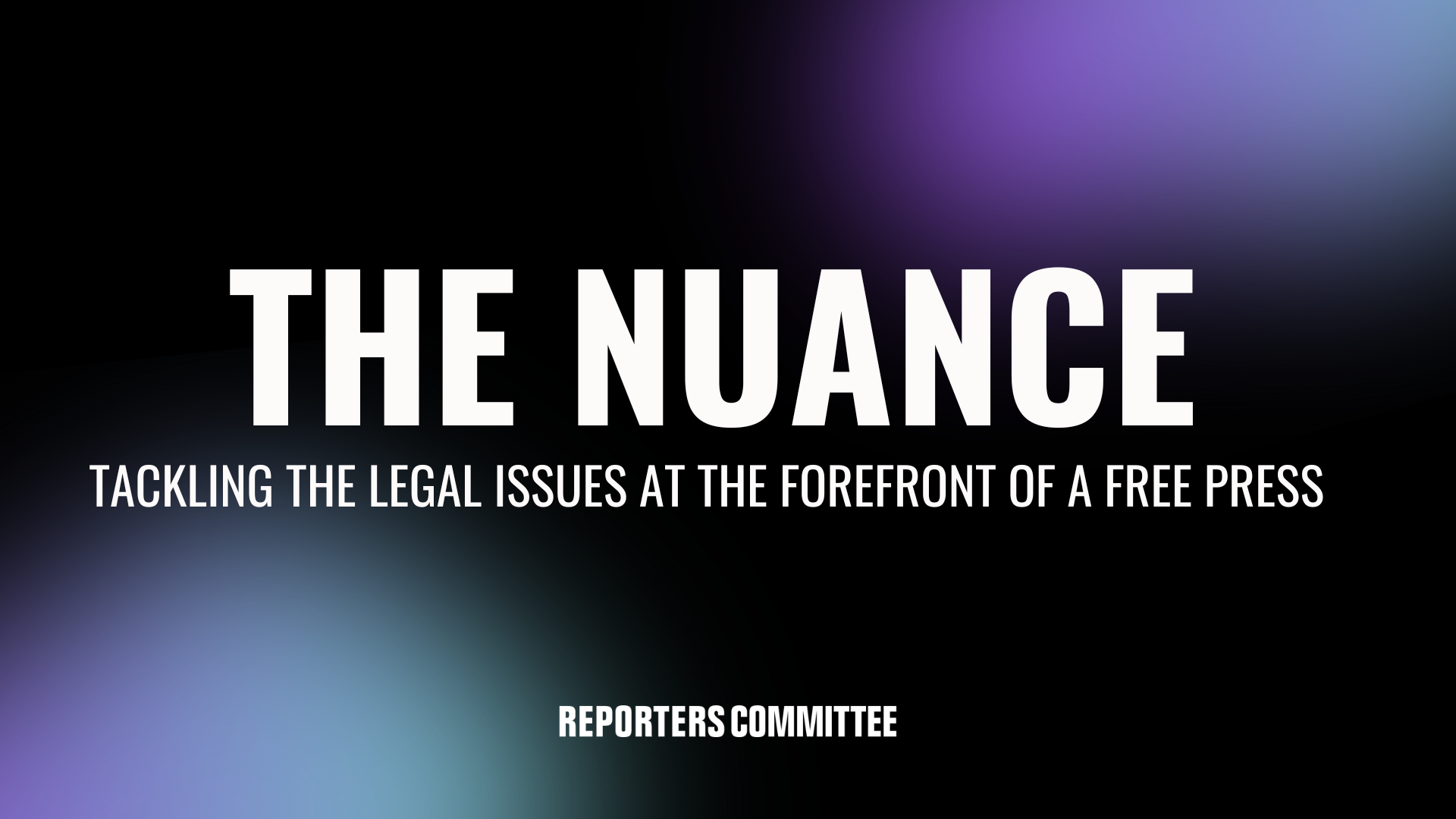Why SCI and SAP are annoying acronyms

Last week, we wrote about how an issue near and dear to our hearts — the public disclosure of information related to federal search warrants — is rarely “A1 news.” Well, there’s another thing like that and it’s so confusing that it’s making me crazy. Get set for a *scintillating* deep dive into national security classification protocols.
In the reporting around the Mar-a-Lago search, you may have seen the terms “sensitive compartmented information” (SCI for short) and “special access program” (SAP for short). That’s because some of the documents seized, according to the warrant materials that have been made public, contained sensitive compartmented information. The thing that’s making me crazy is that SAP and SCI are often used interchangeably, but they’re not exactly the same.
Briefly, SCI is under a SAP, but not all SAP information is SCI. Longly, here’s what that means.
There’s an entity formally called the U.S. Intelligence Community. Right now, it is made up of 18 elements that each performs a specific intelligence function. Seven are the intelligence components of the various uniformed services and Defense Department. Six are components of other cabinet departments with national security roles. And the rest deliver specialized forms of intelligence, like building and running spy satellites at the National Reconnaissance Office, breaking and making codes at the National Security Agency, and human spying at the CIA. The Office of the Director of National Intelligence, or ODNI, coordinates the show.
With the exception of classified information about nuclear technology (which is called “restricted information”), the classification system protecting national security secrets is not a creature of Congress. Rather, it was created and is implemented under the president’s commander-in-chief authority in Article II of the Constitution. As such, the controlling document is an executive order — currently E.O. 13526, issued by President Barack Obama in 2009.
Section 4.3 of that document covers “special access programs.” Unless authorized by the president, only the secretaries of Defense, Energy, Homeland Security and State, and the director of National Intelligence, or their principal deputies, can create a SAP.
So, what’s a SAP? Basically a system by which particularly sensitive classified information is subject to special controls, both with respect to physical handling and who can access. Importantly, having information be subject to a SAP isn’t a separate classification level — that is, top secret, secret or confidential. Rather, it’s a specialized control protocol. The “trash special ops movie” phrase is often “above top secret” but that’s a non-sequitur.
So, what’s SCI? Interestingly, E.O. 13526 doesn’t contain the phrase “sensitive compartmented information.” Rather, it says that the director of National Intelligence has the sole authority to create a SAP pertaining to “intelligence sources, methods, and activities” but not “military operational, strategic, and tactical programs.” So, and follow with me here, the “special access programs” created by the director of National Intelligence that pertain to intelligence sources, methods and activities are referred to as “sensitive compartmented information.” To oversimplify, SCI is an intelligence SAP but not all SAPs relate to intelligence activity.
Why am I bothering to write about this? Well, the terminology is really important, especially right now, as reporters dig into the Mar-a-Lago search.
First of all, you can have special access programs at a bunch of different agencies, and many, if not most, do not deal with intelligence sources and methods. For instance, the Secret Service is an element of the Department of Homeland Security, so you could have a SAP around presidential protection activity. Most Defense Department SAPs involve weapons systems or sensitive military planning, not intelligence.
By contrast, the SCI designation referenced in the FBI warrant return suggests that the material was classified at the top secret level and further compartmented as SCI because it involved “intelligence sources, methods, or activities.”
In a later newsletter, we’ll go down a further rabbit hole and explain how certain SCI markings pertain to different types of intelligence activities, and why that’s relevant when trying to read tea leaves around what’s actually in a classified document. As a preview, and probably a disincentive to read, we’ll be using terms like KLONDIKE, GAMMA and TALENT KEYHOLE.
Starting to hate the classification system? Me too (though, as a “Big Picture” fan, I love a trash special ops movie).
Like what you’ve read? Sign up to get The Nuance newsletter delivered straight to your inbox!
The Technology and Press Freedom Project at the Reporters Committee for Freedom of the Press uses integrated advocacy — combining the law, policy analysis, and public education — to defend and promote press rights on issues at the intersection of technology and press freedom, such as reporter-source confidentiality protections, electronic surveillance law and policy, and content regulation online and in other media. TPFP is directed by Reporters Committee attorney Gabe Rottman. He works with Stanton Foundation National Security/Free Press Legal Fellow Grayson Clary.